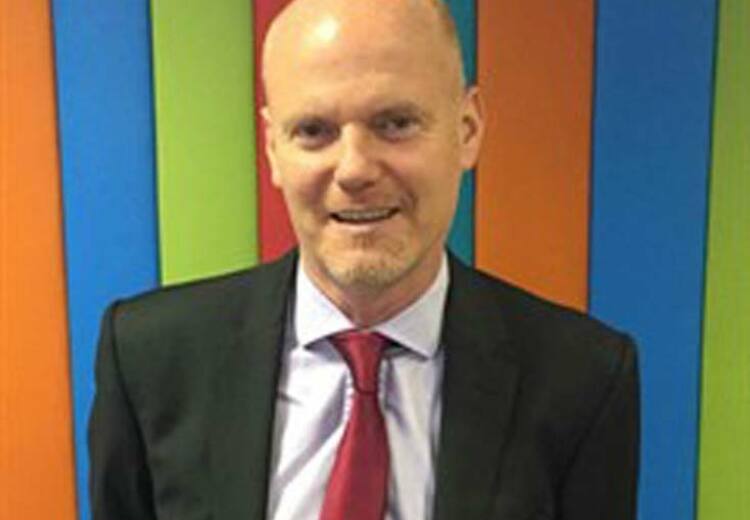A leading US industry think tank report into the effectiveness of the Isle of Man’s space industry says developments over the last two years has given it increased stability and strengthened its position against similar jurisdictions.
It found that SpaceIsle.com – the Isle of Man’s branding and marketing for its space industry – continues to drive the Island forward with proven growth as a niche innovator in the global space sector, with statistics reinforcing the Island’s strengths over its space business rivals.
‘Innovative Strategies for Space Competitiveness: Assessing the SpaceIsle’s Policy and Results’ was commissioned by Spaceisle.com and the Isle of Man Government, and undertaken by the Futron Corporation, US-based aerospace consultants.
The report says the competitive advantage enjoyed by the Island over its peers is based on its ‘distinctive approach’ to the industry, namely the ‘level playing field’ it provides via the marketing and branding work with SpaceIsle and the Department of Economic Development, and the Public-Private Partnership (PPP) with ManSat and the Communications Commission, complemented by a tax regime that provides for a zero corporate income tax rate for space companies.
Chris Stott, CEO of ManSat, said the report vindicates the approach being taken by the Island to developing its space industry.
‘The Island’s space industry continues to see growth even in these difficult times,’ said Chris. ‘The report shows that the measures being taken by the Isle of Man Government, and in particular the Department of Economic Development, are bearing fruit. One of the key findings was how accessible and helpful Government is – always there to lend a hand, but without “interfering” – and there is a clear strategy for what Government wants to get out of the space sector.’
The report is an update from Futron’s first review of the SpaceIsle’s policy and results, which was published in February 2011.
It focuses on a number of ‘notable developments’ in the last 21 months, including a 2012 report by Oxford Economics, commissioned by the Government of Guernsey, followed by the Institute of Director’s report, which both singled out Manx success in stimulating the space economy as an example to be followed by other similar jurisdictions.
Notable developments since February 2011 include:
• October 2011 – ViaSat-1, the first satellite to use a Manx-licensed orbital slot, was successfully launched and brought into use serving the North American market
• Summer 2012 - NASA and the US National Oceanic and Atmospheric Administration (NOAA) joined the Isle of Man-based Space Data Association – the cooperative organisation of satellite operators aiming to reduce the risk of orbital collision and interference between satellites
• Laser optics components manufactured by a Manx company landed on Mars as a key component of the scientific instrument package on the Curiosity rover
• An additional seven space-related companies established registrations in the Isle of Man
• Isle of Man-based Odyssey Moon announced a partnership with NSL Satellites and Nanoracks to place experiments on the International Space Station, and followed through with the current operation of those experiments on the ISS
The statistical analysis within the report stems from comparative studies of the Isle of Man and several similar jurisdictions – Bermuda, Gibraltar, Guernsey, Hong Kong, Jersey and Singapore – along with the UK, because of its proximity and close political links to the Island.
‘There were some really positive findings,’ said Chris. ‘Between the publication of these two reports, the Isle of Man was the only one of those jurisdictions that saw an increase in the number of space-related companies, and the Island was the only jurisdiction to increase the number of companies engaged in orbital slot-filing activity with the International Telecommunications Union.'
‘What’s more, there were several developments within the workforce employed by the space sector, including the establishment of an Isle of Man chapter of the Society of Satellite Professionals International (SSPI), which should provide more structured networking and connections for the Island’s space companies. Another encouraging move saw the Satellite Interference Reduction Group move its headquarters from Florida to the Isle of Man, further demonstrating the Island’s appeal based upon its neutrality.’
The Futron report outlines several opportunities for the Isle of Man, including developing manufacturing capabilities to ‘support the growing perception that the Island is about more than just financial services’, and the potential to benefit from existing proposals to establish a dedicated ICT college in the Island.
There are, of course, areas that can be improved, and threats against which the Island must be on its guard.
The report suggests more one-on-one follow-ups should be held to build on the marketing carried out at space conferences and highlights the need for Government, and the space sector, to generate more direct space-related jobs.
Threats to the Island’s space industry include: the risk of budget cuts undermining the success brought by Government’s partnership with ManSat; continual misinformation that the Isle of Man is a tax haven, rather than a low-tax jurisdiction’; and the need to ensure the UK understands the Island’s position in the space industry, and that it views the Island as complementing the UK’s position, rather than being viewed as a threat.
‘Overall, it’s a hugely encouraging report,’ Chris said. ‘It highlights just how far the Isle of Man has come within the space industry in a relatively short period of time, and backs up the finding from the original report in February 2011 that the Island consistently “punches above its weight” within the space sector.’








